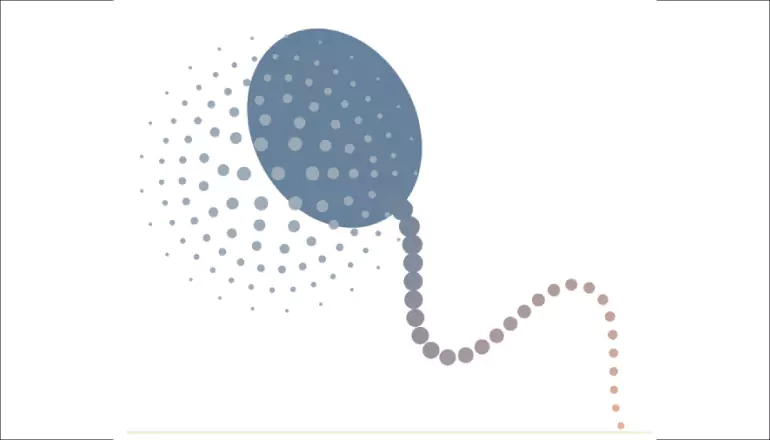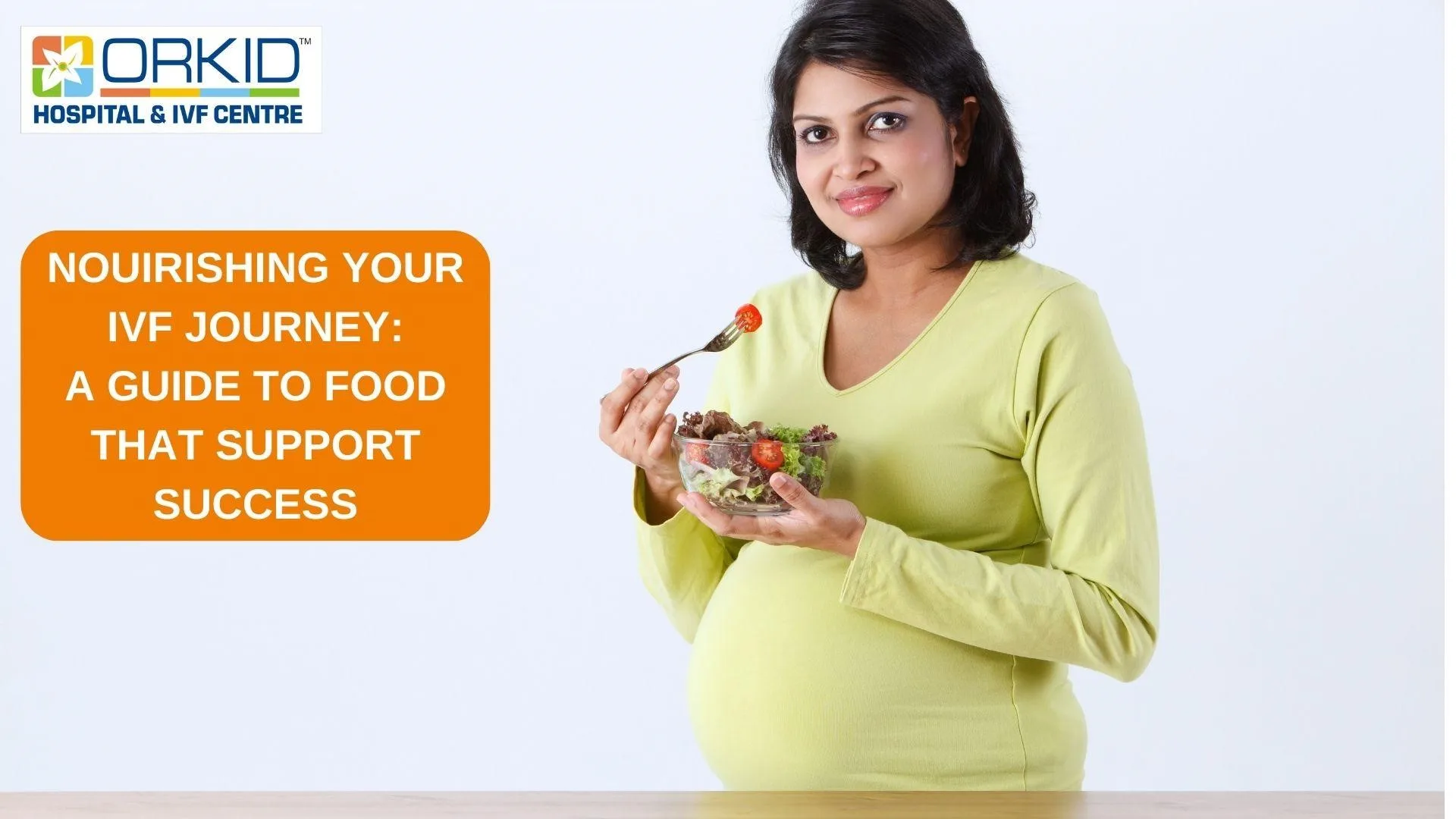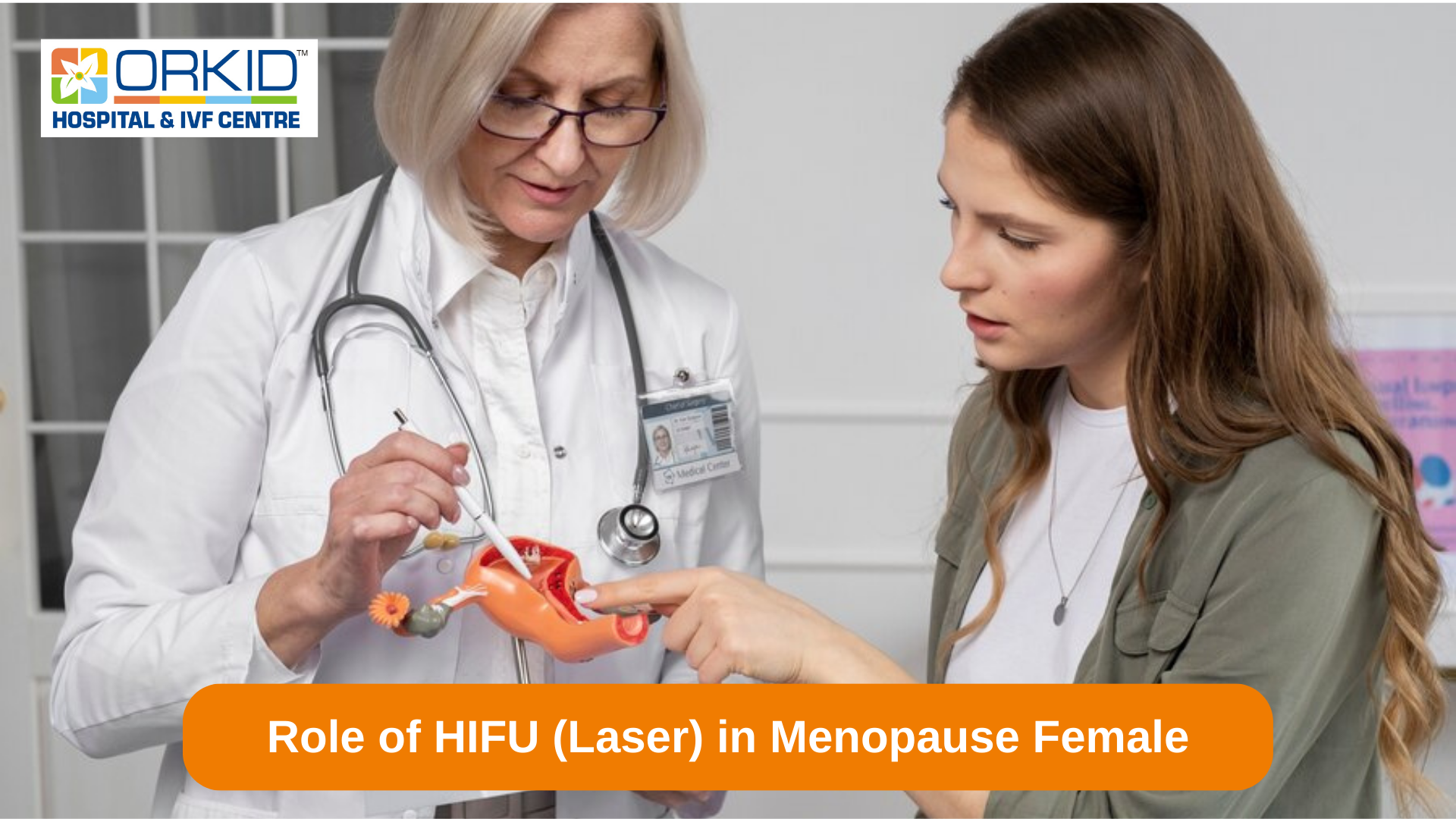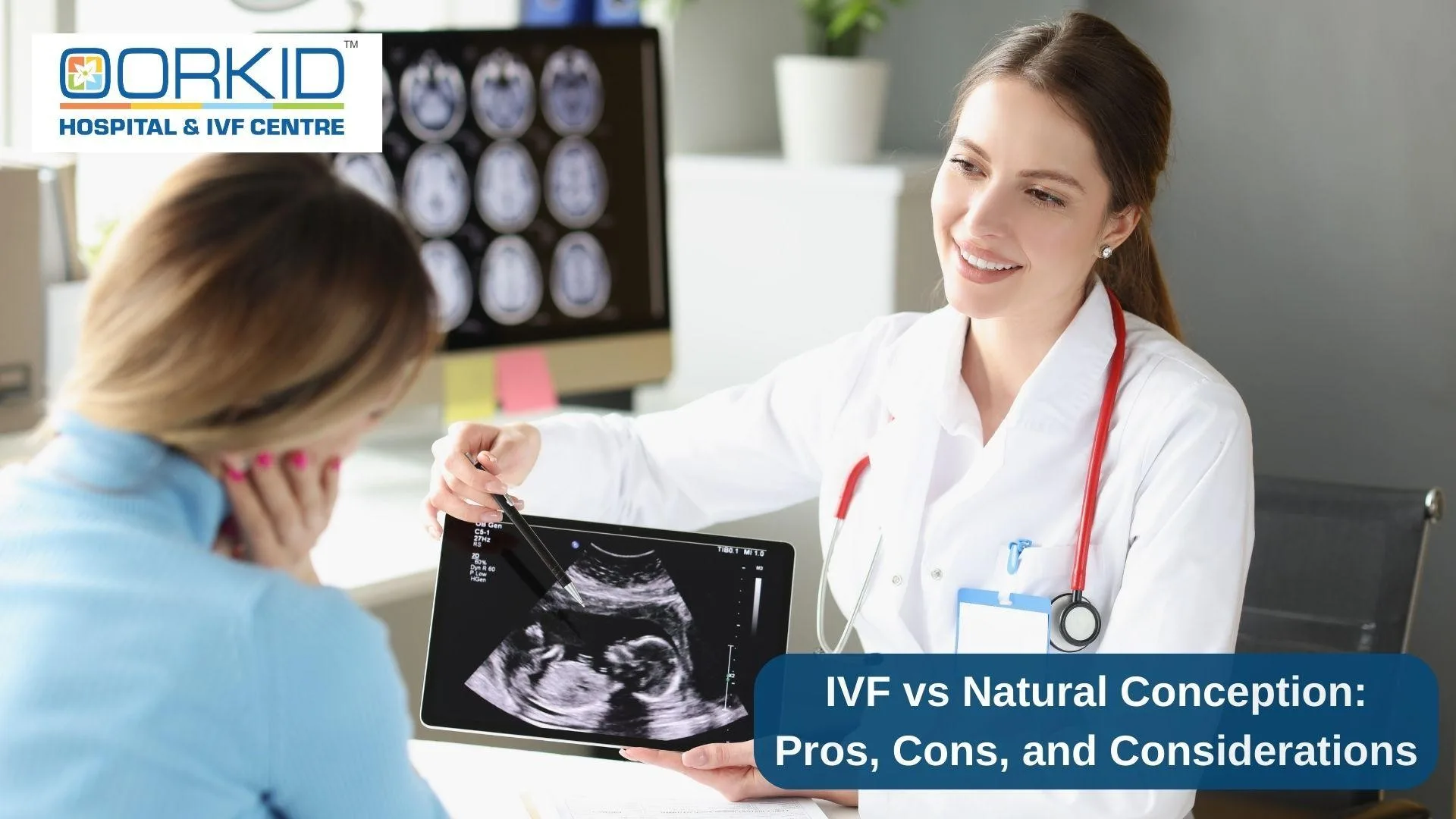HIV and pregnancy
Human immunodeficiency virus (HIV) is the virus that causes AIDS. When a person becomes infected with HIV, the virus attacks and weakens the immune system. As the immune system weakens, the person is at risk of getting life-threatening infections and cancers. When that happens, the illness is called AIDS.
CAUSES
Most children with HIV get the virus when it passes from an HIV-positive mother to the child. This can occur during pregnancy, childbirth, or when breastfeeding.
Only blood, semen, vaginal fluids, and breast milk have been shown to transmit the infection to others.
The virus is NOT spread to infants by:
Casual contact, such as hugging or touching
Touching items that were touched by a person infected with the virus, such as towels or washcloths
Saliva, sweat, or tears that is NOT mixed with the blood of an infected person
Q. When to Contact a Medical Professional
Call your health care provider if you have HIV or are at risk for HIV, AND you become pregnant or are thinking of becoming pregnant.
PREVENTION
HIV-positive women who might become pregnant should talk to their provider about the risk to their unborn child. They should also discuss methods to prevent their baby from becoming infected, such as taking ARV during pregnancy. The earlier the woman starts medicines, the lower the chance of infection in the child.
Women with HIV should not breastfeed their babies. This will help prevent passing HIV to the infant through breast milk.
TESTS TO DIAGNOSE HIV IN PREGNANT WOMEN
All pregnant women should have a screening test for HIV along with other prenatal tests. Women at high risk should be screened a second time during the third trimester.
Mothers who have not been tested can receive a rapid HIV test during labor.
The woman known to be HIV positive during pregnancy will have regular blood tests, including:
CD4 counts
Viral load test, to check how much HIV is in the blood
A test to see if the virus will respond to the medicines used to treat HIV (called a resistance test)
Treatment
HIV/AIDS is treated with antiretroviral therapy (ART). These medicines stop the virus from multiplying.
TREATING PREGNANT WOMEN
Treating pregnant women with HIV prevents children from becoming infected.
If a woman tests positive during pregnancy, she will receive ART while pregnant. Most often she will receive a three-drug regimen.
The risk of these ART drugs for the baby in the womb is low. The mother may have another ultrasound at the second trimester.
HIV may be found in a woman when she goes into labor, particularly if she has not previously received prenatal care. If so, she will be treated with antiretroviral drugs right away. Sometimes these drugs will be given through a vein (IV).
If the first positive test is during labor, receiving ART right away during labor can reduce the rate of infection in children to about 10%.
AFTER DELIVERY
Symptoms
Infants who are infected with HIV often have no symptoms for the first 2 to 3 months. Once symptoms develop, they can vary. Early symptoms may include:
⁃ Yeast (candida) infections in the mouth
⁃ Failure to gain weight and grow
⁃ Swollen lymph glands
⁃ Swollen salivary glands
⁃ Enlarged spleen or liver
⁃ Ear and sinus infections
⁃ Upper respiratory tract infections
⁃ Being slow to walk, crawl or speak compared to healthy babies
⁃ Diarrhea
⁃ Early treatment often prevents the HIV infection from progressing.
Without treatment, a child’s immune system weakens over time, and infections that are uncommon in healthy children develop. These are severe infections in the body. They can be caused by bacteria, viruses, fungi, or protozoa. At this point, the illness has become full-blown AIDS.
TREATING BABIES AND INFANTS
Infants born to infected mothers start receiving ART within 6 to 12 hours after birth. One or more antiretroviral drugs should be continued for at least 6 weeks after birth.
BREASTFEEDING
HIV-positive women should not breastfeed. This holds true even for women who are taking HIV medicines. Doing so may pass HIV to the baby through breast milk.











